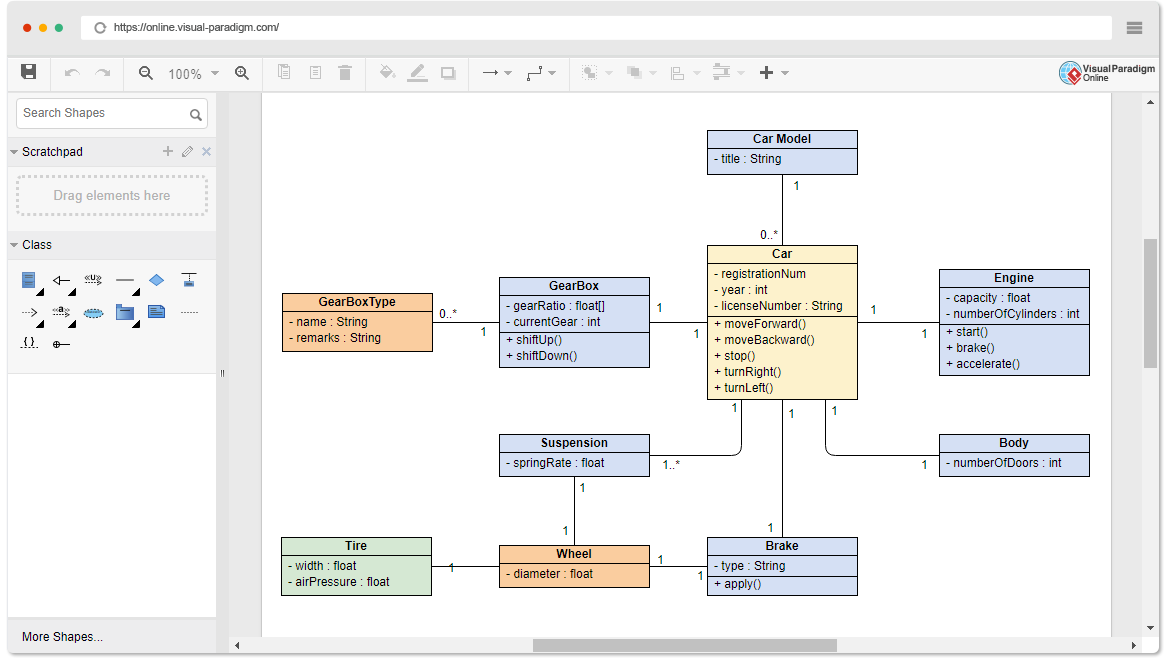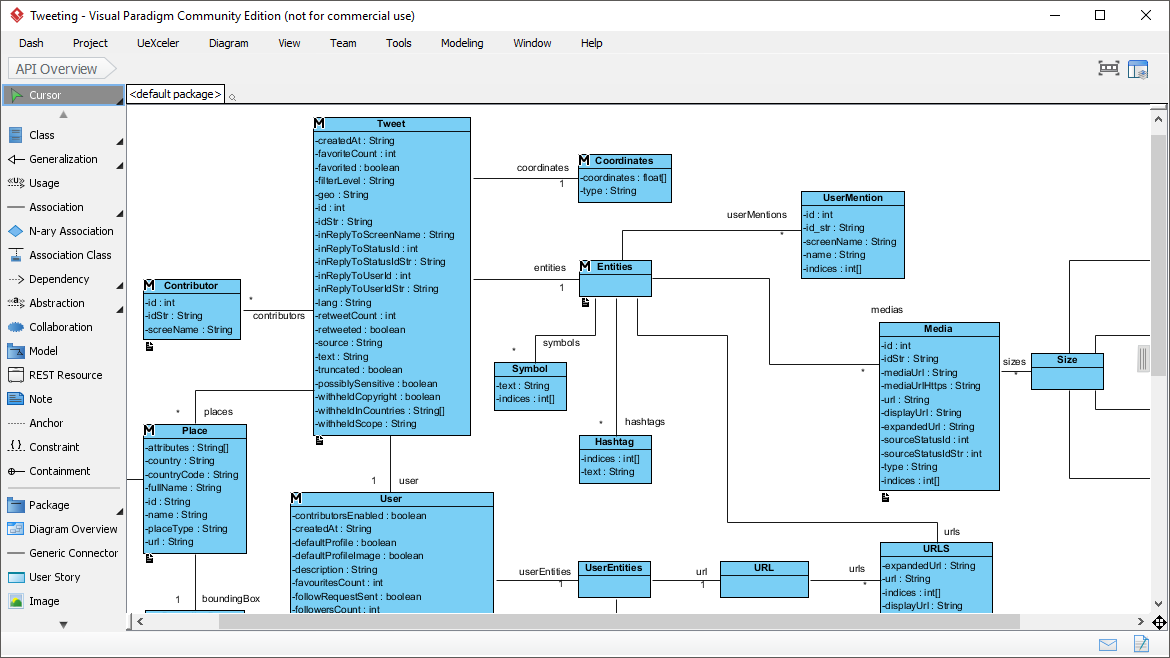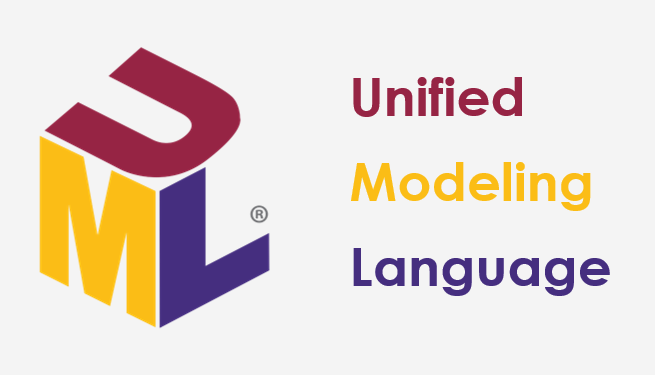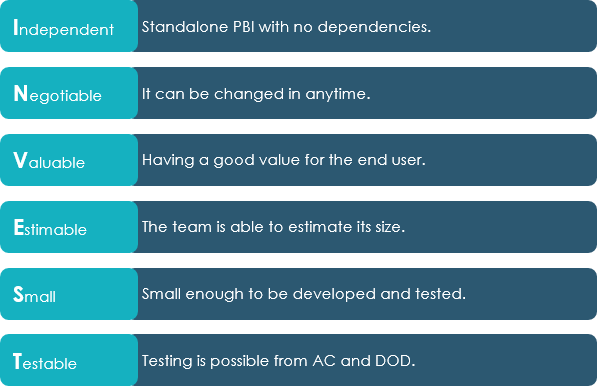The DoDAF is a system architecture framework developed by the US Undersecretary of Defense for Business Transformation Working Group of the US Department of Defense. Learn about what is DoDAF and how to apply DoDAF in practice.
Continue reading
Learning one new thing everyday


The DoDAF is a system architecture framework developed by the US Undersecretary of Defense for Business Transformation Working Group of the US Department of Defense. Learn about what is DoDAF and how to apply DoDAF in practice.
Continue reading
With the development of technology, e-books have emerged in response to the development of the times, and they are popular because of their efficiency and convenience. The emergence of e-books has largely changed people’s way of life, so many people have the need to make e-books. But many people do not know how to make production page flip e-book, as a senior e-book enthusiast, today to share a few of my commonly used page flip e-book production tools, so you can say goodbye to the traditional TXT, word and pdf!
Continue reading
A flip book is an online publication that looks and feels the same as a real, page-turning publication. Since digital flipbooks look and feel exactly like print publications, with pages that can be flipped, they are gradually replacing traditional digital PDFs and paper documents such as newspapers, magazines, catalogs, flyers, brochures, reports, presentations Wait.
Continue reading
An animated flip book is an interactive online HTML5 publication with the look and feel of a real flip book (complete with flip sound effects, page shadows, and more). Animated flipbooks are currently used to replace traditional digital PDFs and paper documents such as reports, presentations, magazines, catalogs, brochures, books, and more. A digital flipbook looks and feels like a print publication, with pages flipping and turning – no printing costs!
Continue reading
Instead of writing hundreds of pages of documentation, it would be convenient to draw a few diagrams to show how it all works. UML diagrams keep the conversation focused, facilitate communication, allow less time to be wasted on explanations, and give more clarity to the problem. Thus, UML gives a standard approach to writing a system model that covers conceptual ideas. Through the understanding of modeling, the use and application of UML can make the software development process more effective.
Continue reading
UML in the Agile Era: Why It Still Makes Sense? It depends on the size and complexity of the target system: VP Online Free Edition is a free online drawing software for personal and non-commercial use. You can create an unlimited number of drawings and export the drawings as images. There are no ads, no time limits, and you are not required to provide any payment information. It’s simply free!
Continue reading
Class diagrams are useful in many phases of system design. During the analysis phase, class diagrams can help you understand the requirements of the problem domain and identify its components. In object-oriented software projects, the class diagram created in the early stages of the project contains classes that are often converted into actual software classes and objects when writing code.
Continue reading
The Unified Modeling Language (UML) was developed to create a common visual modeling language for the architecture, design, and implementation of the structure and behavior of large software systems.UML has applications outside of software development, such as industrial processes. This is an introduction to UML. You will learn what UML is, what the history of UML is, and a comprehensive description of all UML diagram types.
Continue reading
In addition to a standardized format and complete elements, a good user story should also follow the INVEST principles: 1. Idependent; 2. Negotiable; 3. Valuable; 4. Estimatable; 5. Small; 6. Testable.
Continue reading
User stories are a lightweight method for quickly capturing the “who”, “what” and “why” of product requirements. Simply put, user stories are ideas that express the needs that users want. User stories are short, and each element usually contains less than 10 or 15 words. User stories are “to-do” lists that help you identify the steps along the project path. They help ensure that your process, and the resulting product, meet your requirements.
Continue reading